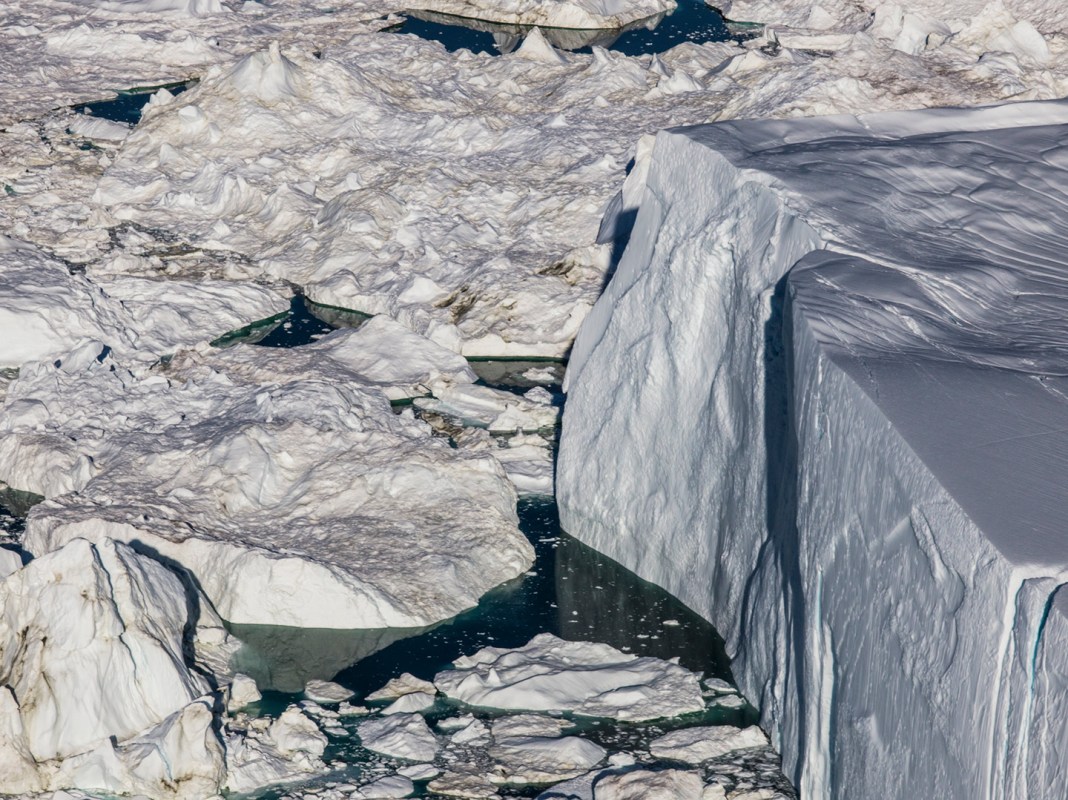Climate change is making the ice sheets of Greenland melt faster than previously assumed, leaving some scientists to believe it may be “too late” to reverse the damage already done.
The new findings affect the low-lying islands and coastal cities outside of Greenland that could become flooded by the extra melt water added to ocean, CNN reported. Eight of the Earth’s 10 largest cities are near coasts, and nearly 50% of the world’s population lives in areas vulnerable to rising seas.
“The only thing we can do is adapt and mitigate further global warming — it’s too late for there to be no effect,” the study’s lead author, Michael Bevis, told CNN. “This is going to cause additional sea level rise. We are watching the ice sheet hit a tipping point.”
Greenland’s ice has historically melted in cycles due to natural weather phenomena, but rising temperatures have exacerbated the trend, said Bevis.
“These oscillations have been happening forever,” he said. “So why only now are they causing this massive melt? It’s because the atmosphere is, at its baseline, warmer.”
In a separate study, published in the scientific journal Nature, it was determined that Greenland’s ice sheets, which contain enough water to raise global sea levels by 23 feet, have been melting at an “unprecedented” rate, 50% higher than pre-industrial levels and 33% above 20th-century levels.
Thanks for reading InsideHook. Sign up for our daily newsletter and be in the know.


















